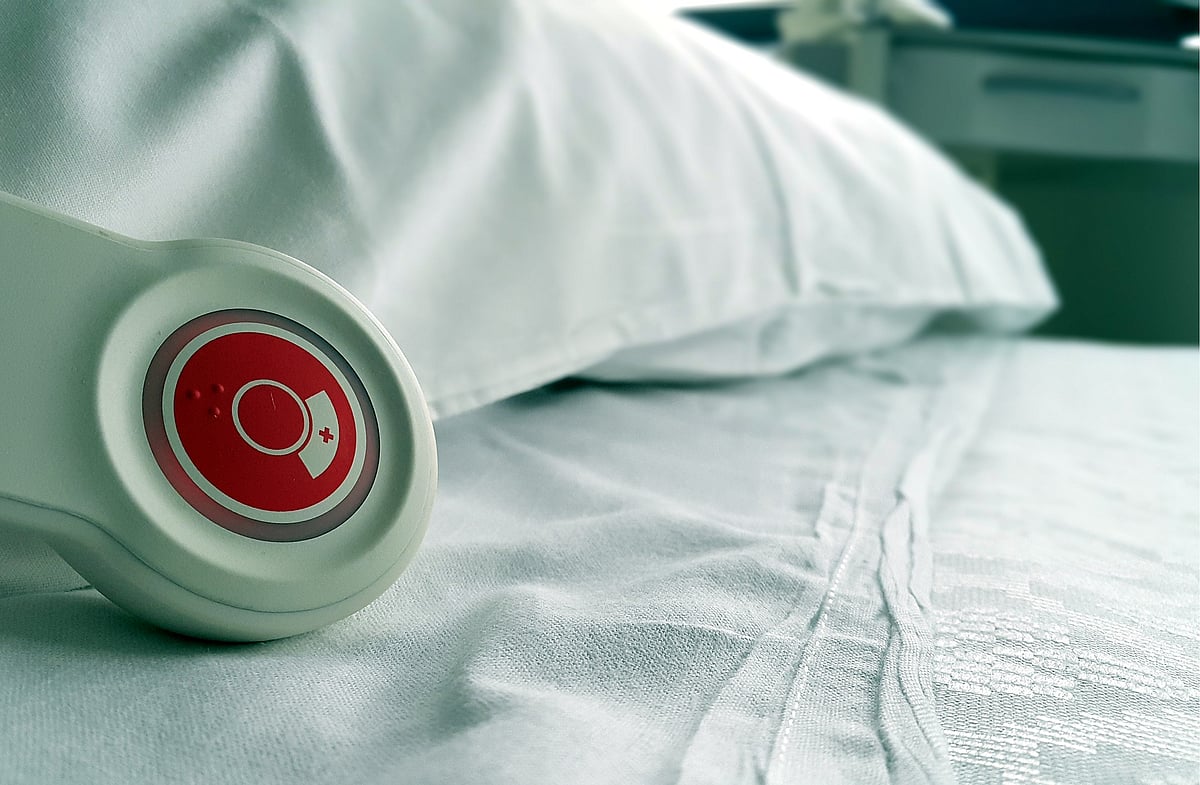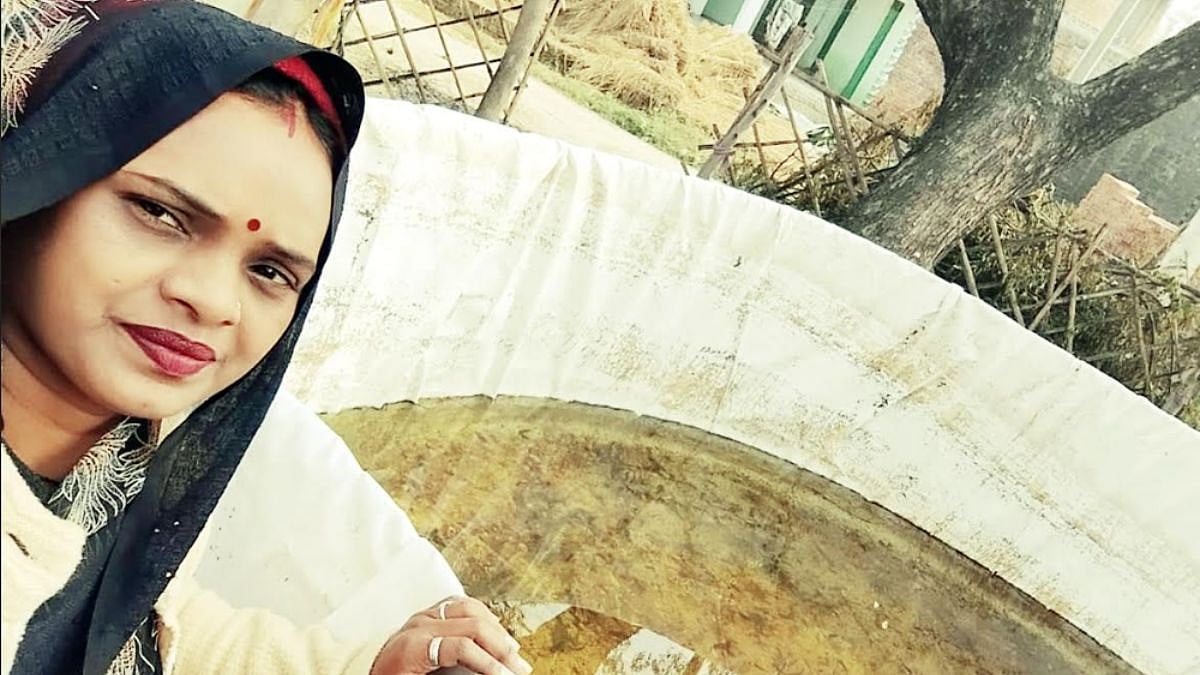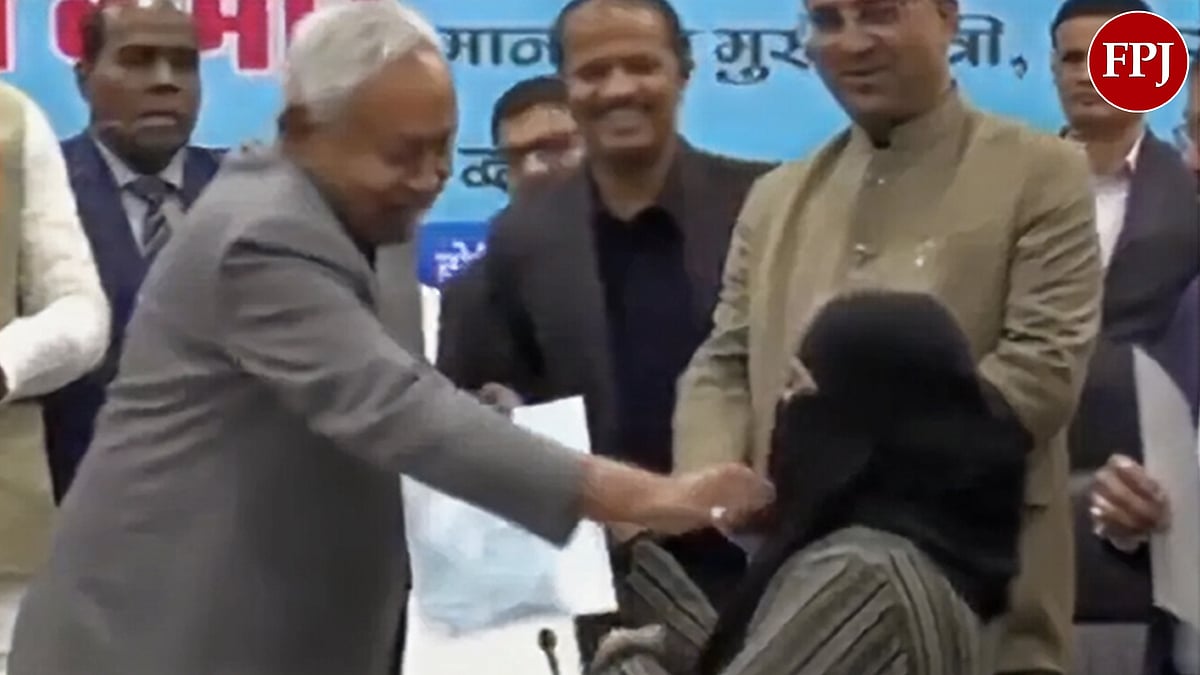In the times of ongoing pandemic, one of the solutions to prevent deaths that has attracted the largest attention is provision of critical care. In fact, the earliest modelling exercises carried out by scientists at Imperial College were largely aimed to predict the numbers of people who would require intensive care at the peak of the epidemic and how can that period be prolonged to prevent overwhelming of the system.
Since availability of mechanical ventilation is an important component of critical care, the discussions since then has revolved around availability of ventilators. Not only in public discourse, but even the policy response in India has been to procure more ventilators to prevent deaths due to COVID-19. For example, the largest expense from PM-Cares fund has been towards procurement of ventilators. However, the ventilator care has not lived up to its initial promise. In New York City, nine out of 10 persons provided ventilator care died. Since then, there have been revised technical guidelines and clinical practice that are much more cautious on early use of ventilators.
Critical care services are meant as clinical services that meet the needs of patients facing an immediate life-threatening health condition — specifically, that in which vital system organs are at risk of failing.
Critical Care as a system
Critical care is a continuum starting from triaging, emergency room care, transport to intensive care unit, and then transfer out to in-patient care and then post-discharge care. Within a region, the continuum extends to triaging and emergency care at a primary care facility, care during transit, and receiving at the referral hospital. Such an organisation is critical to save lives. For example, inappropriate triaging or delay in providing emergency care before referral would make the most advanced critical care units fail. In that sense, critical care is a system and a not a standalone unit. In India, critical care is not organised as a system. The reason lies in a disintegrated health care system, across public and private, and across levels of care which do not speak to each other.
Within a critical care unit, the organisation structure is inappropriate. In UK, for example, ventilatory decisions are made by nurses according to set protocols. In India, all such decisions are made by doctors, who are usually anaesthesiologists or critical care specialists, who in any case are few in numbers. Some other group of paramedics, who are extremely critical for quality of care, such as physiotherapists and clinical pharmacologists are often not available in Indian ICUs.
Lack of equipment and high costs
Many ICUs in India lack basic equipment. For example, in 10% of ICUs in MP, even the basic Blood Gas analysers were not available. Of course, much of the equipment is expensive, and raises the costs of care. ICU care in India is expensive, often comparable to the costs in North America. A study of patients with liver disease in ICUs in Punjab revealed that average cost of ICU care to the system for each day was around 2,400 USD and about 2,000 USD to the patient. About half of the costs are for antibiotics, which raise the issues of infections acquired in ICUs and of developing antimicrobial resistance.
Critical Care Units in India are highly inequitable. Colleagues at AIIMS Bhopal conducted a study to assess the status of ICUs in Madhya Pradesh. Most of the ICUs were located in four cities, and as many as 30 out of 49 districts did not have any critical care beds. About 75% of the ICUs in the state are in the private for-profit sector, and less than 20% were in the public sector.
Critical care is expensive, is fraught with risk of hospital acquired infection and admission. Critical Care Units is best reserved for those patients who would benefit from it the most. In India, there is no clear criterion for admission to critical care units. Many patients are admitted for “monitoring” of the patients, which is wasteful. On other hand, admission to critical care units is often used to provide end-of-life care, which is not only wasteful, but also can contribute to painful and undignified last days or weeks for the patients and families. Such care is best provided at homes or hospices.
Appropriate technology
Use of appropriate technology is critical to be effective and to reduce costs. For example, in the case of COVID, use of high flow nasal oxygen is much more effective than mechanical ventilation when started early.
Availability of as simple a technology as a pulse oximeter in a primary care setting, for example, can help in early identification of respiratory failure in a child with severe pneumonia. If oxygen concentrator is available there, providing high flow oxygen, along with antibiotics would stabilise the child and save lives. Similarly, provision of acute care for trauma, including use of Tranexamic acid at primary care level is important to save lives. In our own primary care settings in remote and rural South Rajasthan, for example, we have managed hundreds of children with severe pneumonia due to a combination of availability of pulse oximeter, oxygen and standard protocols.
Many people with life threatening situations therefore could be saved by instituting simple protocols, using appropriate technology and building capacities at primary care level. Even if they still require referral, they would be stabilised before referral and would reach hospitals in “better shape”, and hence would have much better prognosis. However, that brings us to the next step of the continuum-the referral transport and care during transit.
At the moment, under the National Ambulance Services, 108 Basic Life Support ambulances cover large parts of the country, which is one of the big achievements of National Health Mission. In addition, private hospitals and other private players run their independent ambulances. However, in absence of adequate numbers to cover the length and breadth of country, standards of care, and poor linkages with the hospitals, the referral transport is denied, delayed or provide poor quality of care during transit. Increasing numbers of ambulances, instituting standards of care during transit, and coordination among them and with hospitals would go a long way in improving care of critically ill patients.
At the referral hospitals, especially in the emergency room and OPDs, triaging remains largely non-existent, or is not given adequate priority, leading to delay in initiating life-saving treatment. Instituting adequate triaging in the ERs and OPDs, and internal transport to the critical care units would be helpful in preventing the delay in receiving critical care even after reaching the hospitals.
This must be supported by a close partnership of CCUs with end of life care initiatives would make sure that last days and weeks of life are more dignified, less traumatic and less expensive for patients and their families.
Once the patient does require organ support in an ICU, the costs are high and prohibitive for most except the richest. With due enforcement of standards and admission criteria, a universal critical care insurance would be essential to prevent restriction of care or impoverishment.
Improve care of people with life threatening illnesses starts at their primary contact with the health systems, and in most cases continues beyond critical care units. Working on these “touchpoints” with reorganisation of CCUs themselves will make the care more humane, less expensive and more equitable. Buying more ventilators is not a solution. In times of COVID or indeed at any time.
The writer is a paediatrician formerly with UNICEF India. He is the co-founder of the non-profit primary healthcare provider, Basic Healthcare Services, Rajasthan, and Director Health Services, Ajeevika Bureau, a non-profit that works for migrant workers.
Syndicate: The Billion Press
e-mail: editor@thebillionpress.org









